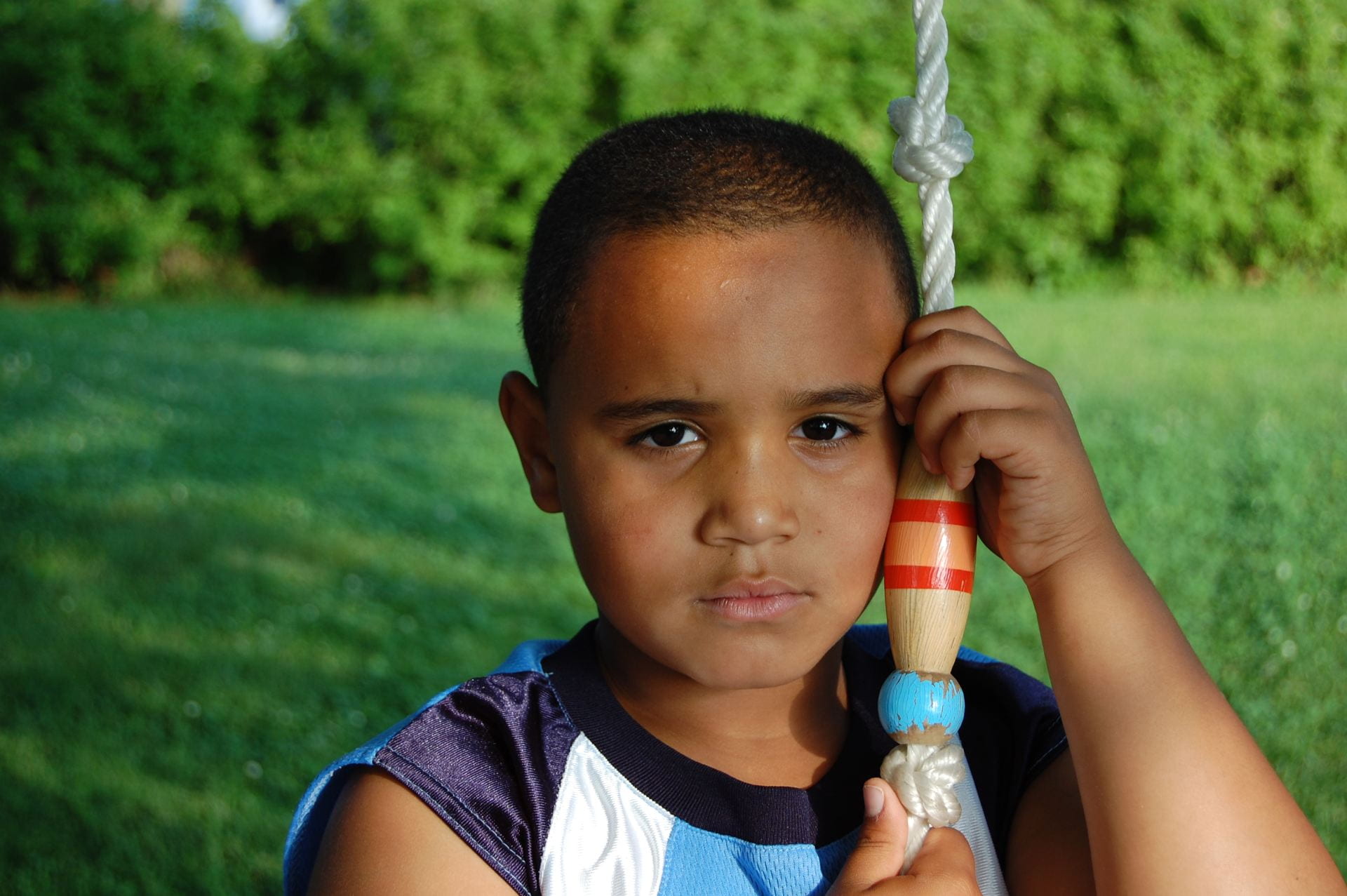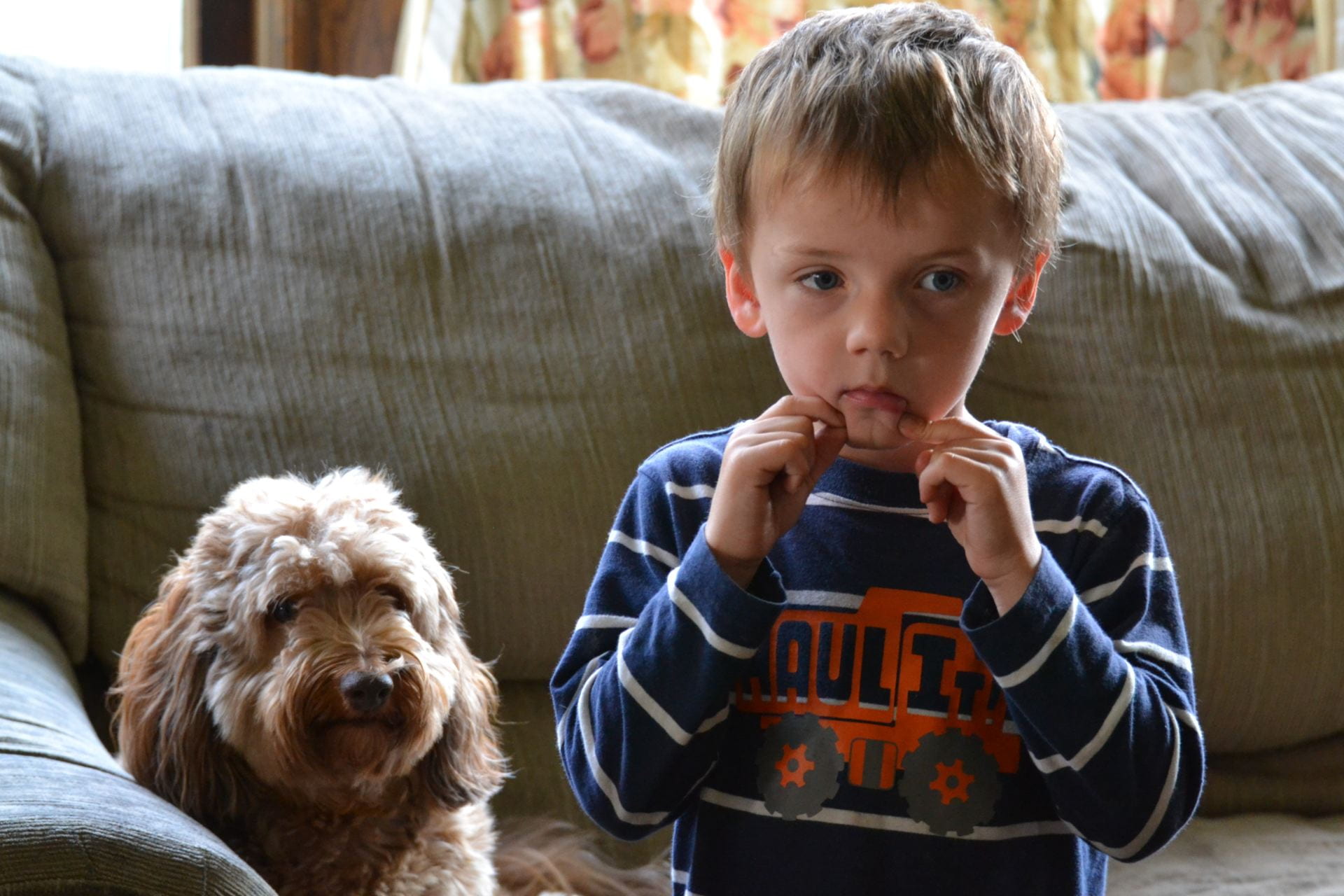
Childhood is a time in life that should be filled with joy and imagination, and free of fear and any serious responsibility. However, for many people, this not their reality, as abuse and trauma have warped their experience of it. In 2014, about 702,000 children were found to be victims of some form of abuse in the United States – this number does not take into account situations of abuse that went unreported. It is estimated that 1,580 children died “as a result of abuse and neglect” in that same year, though it is possible that this number is actually much higher due to “undercounting of child fatalities by state agencies.” The general impact and potential trauma caused by abuse can have a significant harmful influence throughout childhood development and adulthood.
What is Child Abuse?
Child abuse is “when a parent or caregiver, whether through action or failing to act, causes injury, death, emotional harm, or risk of serious harm to a child.” This includes many different forms of abuse, such as physical abuse, emotional abuse, sexual abuse, and neglect:
- Physical abuse is “when a parent or caregiver causes any non-accidental physical injury to a child.”
- Emotional abuse, which is recognized less often, is “when a parent or caregiver harms a child’s mental and social development or causes severe emotional harm,” and can include (but is not limited to) isolating a child, terrorizing, ignoring, and humiliating them.
- Sexual abuse is “when an adult uses a child for sexual purposes or involves a child in sexual acts,” but it does not have to involve physical contact with a child. In addition to “contact abuse,” it can also include inappropriate sexual language, “making a child view or show sex organs,” and forcing a child to watch a sexual act.
- Neglect is “when a parent or caregiver does not give the care, supervision, affection, and support needed for a child’s health, safety, and well-being,” and it occurs when an adult fails to meet even the most basic requirements for taking care of a child that they are responsible for. Neglect can physical, emotional, medical, or educational.
- Physical neglect relates to reception of “care and supervision.”
- Emotional neglect relates to reception of “affection and attention.”
- Medical neglect relates to “treatment for injuries and illnesses.”
- Educational neglect relates to a child’s “access to opportunities for academic success.”
Effects of Child Abuse
Experiencing abuse as a child can have serious, long-term effects on an individual. Those who have experienced child abuse are at an increased risk for intimate partner violence, substance abuse issues, and mental illnesses. Experiences of abuse also lead to children having an increased risk of exhibiting criminal behavior. In the United States, “14% of all men in prison and 36% of women in prison” experienced child abuse. Children who are survivors of child abuse are about “9 times more likely to become involved in criminal activity” than those who are not. Many survivors must deal with intense negative effects of their trauma for the rest of their lives.
Trauma and Child Abuse
Trauma is “an emotional response to a terrible event, like an accident, rape or natural disaster.” When considering the issue of trauma, people often think of veterans who suffer from Post-Traumatic Stress Disorder (PTSD). Both PTSD and Complex Post-Traumatic Stress Disorder (CPTSD) are common in survivors of child abuse, but they differ in exactly what circumstances causes them. PTSD results from a specific event, while CPTSD results from repetitive experiences of trauma. In terms of child abuse, PTSD is caused by a specific incident of abuse, while CPTSD is caused by experiencing numerous incidences of abuse over a period of time.
The three main categories of PTSD symptoms are “re-experiencing trauma through intrusive distressing recollections of the event,” “emotional numbness and avoidance of places, people, and activities that are reminders of the trauma,” and “increased arousal such as difficulty sleeping and concentrating, feeling jumpy, and being easily irritated or angered.” In addition to the symptoms of PTSD, people with CPTSD also experience problems with forming and maintaining relationships, negative views of themselves, and problems with regulating their emotions. These symptoms negatively affect the ability of individuals with PTSD and CPTSD, including child abuse survivors, to live their lives in normal, healthy ways.
Treatments for coping with PTSD and CPTSD include individual and group therapy, medications (such as antidepressants) that help with some symptoms, and the establishment of a reliable support system. Dealing with trauma is a life-long process. Healing is possible for survivors of child abuse, but the impacts of their experiences will never fully disappear.

The Cyclical Nature of Child Abuse
The presence of abuse can be seen as a cycle with the potential to perpetuate itself throughout the generations of a family. According to the Child Welfare Information Gateway, around one in three of all survivors of child abuse will “subject their children to maltreatment”. This is because many survivors who become parents believe that the way they were treated as a child is the correct way to parent. In other cases, parents believe that if they simply treat their children better than their parents treated them, then they are not being abusive. This way of thinking is incorrect, because abuse is abuse, even if one example of abuse is not as overtly severe as another. By spreading information and reporting incidences of child abuse we can help to interrupt the cycle.
Child Abuse is a Human Rights Issue
There are numerous ways in which child abuse can be clearly seen as a violation of human rights. Article 18 of the Universal Declaration of Human Rights states that “everyone has the right to freedom of thought, conscience and religion,” and Article 25 states that “everyone has the right to a standard of living adequate for the health and well-being of himself and of his family.” How can someone utilize these rights while living in fear (whether it be as an adult or as a child)?
The Convention on the Rights of the Child also deals with child abuse as a violation of human rights. Article 19 calls for States Parties to “take all appropriate legislative, administrative, social and educational measures to protect the child from all forms of physical or mental violence, injury or abuse, neglect or negligent treatment, maltreatment or exploitation…” Article 24 states that children have the right to “the highest attainable standard of health,” which is a right that cannot be fully enjoyed in an abusive situation. Article 27 describes the right “to a standard of living adequate for the child’s physical, mental, spiritual, moral, and social development,” and abuse is a known hindrance to childhood development. Article 34 relates specifically to sexual abuse, stating that States Parties should do everything they can to “protect the child from all forms of sexual exploitation and sexual abuse.”
It is important that we remember that children are limited in what they can do to help themselves in any given situation. It is the responsibility of the adults around them to protect and nurture them. Adults should be attentive toward the well-being of the children they contact. Adults need to be able to recognize and report abusive situations when they witness them and/or are aware of them.
Resources
- Warning Signs of Child Abuse
- State Child Abuse and Neglect Reporting Numbers
- Resources for Adult Survivors of Abuse
- Loving a Trauma Survivor (For individuals in a relationship with an abuse survivor.)
